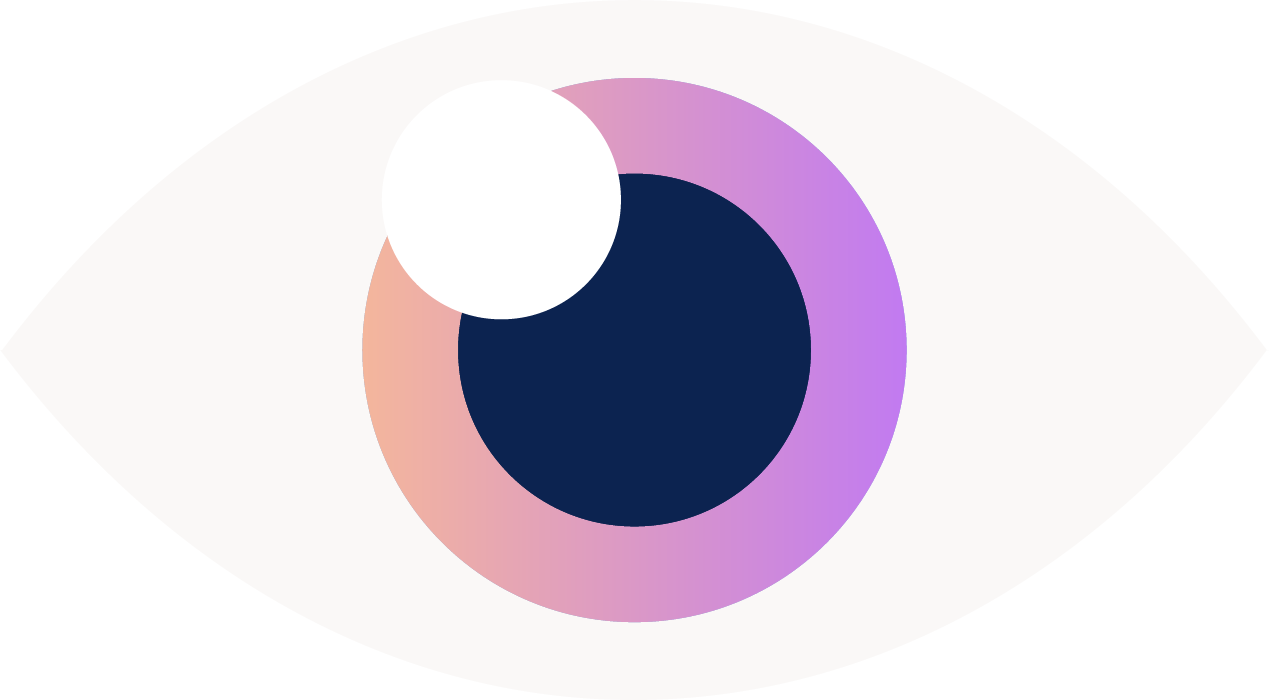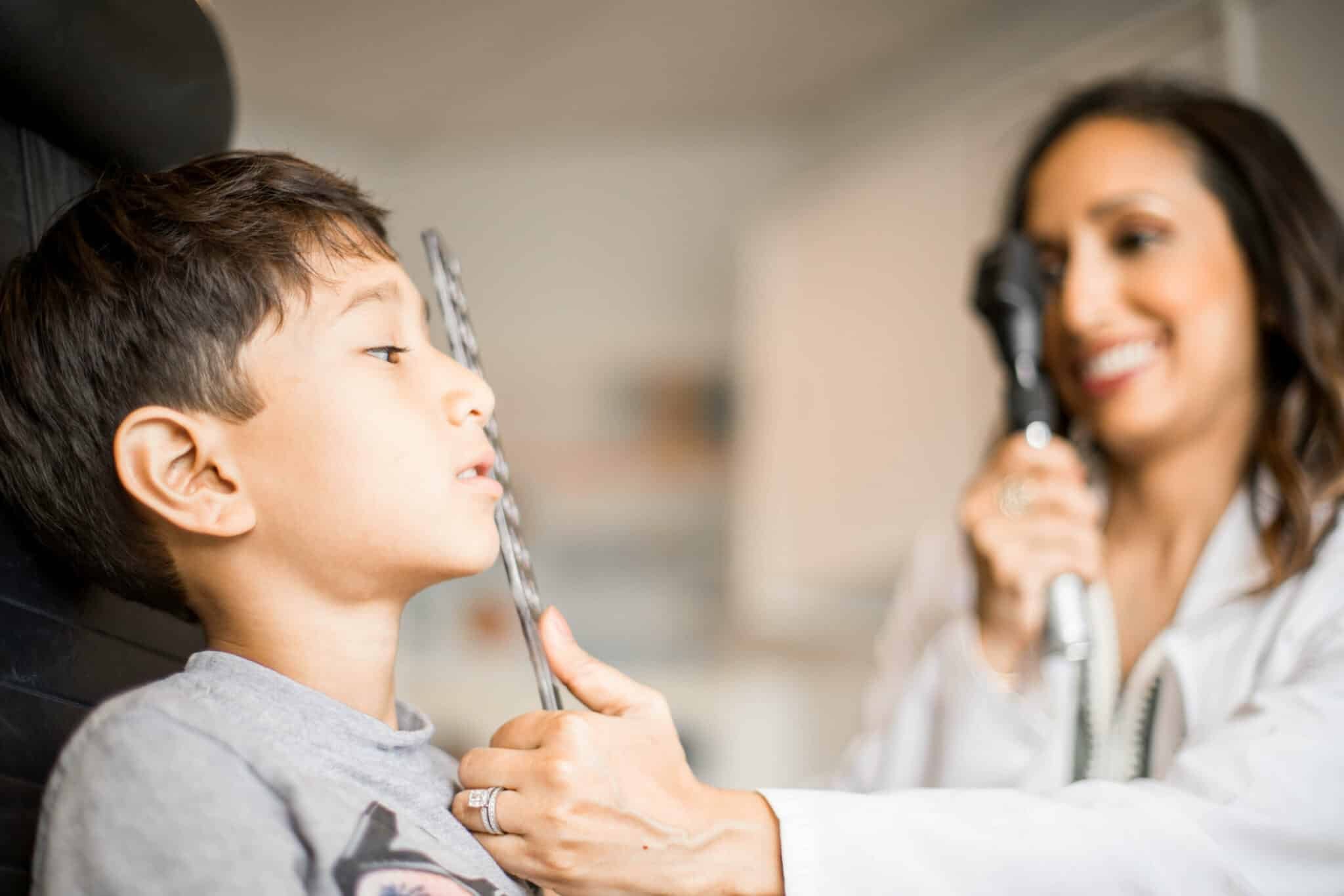Back to School Eye Health
Back to school preparations are on everyone’s mind right now, but one often neglected area for our kids is their eyes. So, why is an eye exam so important?
Vision and learning are intimately connected. Often, vision problems can be misdiagnosed as a learning disability or attentional problem. This includes conditions such as dyslexia, attention deficit hyperactivity disorder and dysgraphia. That’s why it is imperative for children who are being evaluated for these conditions to have a comprehensive eye exam as well. Children with learning disabilities have the same visual and ocular function as kids without these disabilities. However, there are many ocular diseases which can cause poor vision in a child and therefore result in a misdiagnosis of inattention or learning difficulties. Think about it, if you’re a 6 year old and can’t see in the classroom, wouldn’t it be hard to pay attention? And, if your vision is blurry and you need glasses, don’t a ‘b’ and ‘d’ look similar? Research has shown that untreated vision problems can cause similar
It is recommended by the American Academy of Ophthalmology that school aged kids should get a vision screening every one to two years. Almost 40% of children in U.S. have never had a vision exam! And, so many kids now struggle with myopia, or nearsightedness. In fact, one study showed that one-third of kids in the U.S. ages 12 to 17 are nearsighted. This is a sharp increase from 40 years ago and may be reflective of our current reading/device focused culture.
The problem is that children do not often complain about not being able to see. They don’t know what they’re supposed to see, so they have no idea that their vision is not normal. And, they have a remarkable capacity to carry on despite difficulties. This is why vision screenings - either by your child’s pediatrician, eye doctor or school nurse is so important. Your child should have their first eye exam by 3 years old, if not earlier, if you notice any abnormalities.
So, what signs and symptoms should parents look out for in their children that may indicate a need for an exam by an eye doctor?
Squinting when looking either in the distance or close
Eyes which turn in or wander out
Closing one or both eyes in bright light
Head tilting, turning or covering one eye when performing critical vision tasks
Headaches
Eye fatigue, strain or double vision
Know your family eye health history
A study at UCLA analyzed a program which helped provide glasses to children in need. Not only did academic performance of kids improve, but their anxiety about school decreased as well. They also found that 80% of classroom learning is visual. Kids with undiagnosed refractive errors (need for glasses) suffer and cannot keep up with their peers. This not only affects their academic performance, but their emotional well being as well. The use of interactive classroom technologies like Smart Boards and tablets, can also provoke previously hidden vision problems in kids.
Good vision is also necessary for extracurricular activities like sports, dance or music. Subtle misalignments of the eye, or blurry vision, can reduce a child’s depth perception which can affect their hand-eye coordination, ball handling and gross motor skills. In addition, kids and teens have higher rates of sports related eye injuries than adults because of their tendency to play aggressively. Sports goggles are recommended, instead of regular glasses, for all children playing sports to decrease the risk of penetrating injury to the eye.
There are many new treatments on the horizon for children who wear glasses. In the past, increases in glasses prescription were inevitable. Every year, without fail, a child’s glasses just got stronger and thicker. However, now treatment modalities include a drop, called low dose atropine, which, when given daily can slow nearsightedness. Using a multifocal soft contact lens has also been shown to decrease nearsightedness as well. The earlier these treatments are begun, the more effective they are.
Make sure your kids are set up for success this year. Be proactive about your child’s vision and make it a priority. Back to school success depends on good vision.


